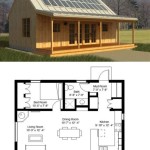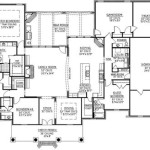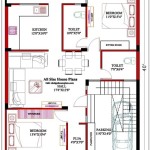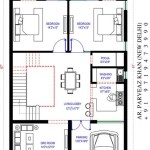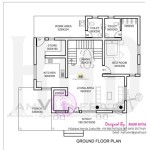Essential Aspects of Precast Concrete Building Plans
Precast concrete building plans provide detailed instructions for constructing structures using prefabricated concrete elements. These plans are crucial for ensuring the safety, functionality, and aesthetics of the final building.
### Structural DesignPrecast concrete building plans must adhere to rigorous structural design requirements. These include calculations for dead loads (weight of the structure), live loads (occupants, furniture, and equipment), and environmental loads (wind, seismic activity).
### Connection DetailsThe connections between precast concrete elements are critical for the stability of the structure. Plans must specify the type of connections (e.g., bolted, welded), the connection hardware, and the tolerances for alignment and fit.
### Transportation and ErectionPrecast concrete elements are typically cast off-site and transported to the construction site. Building plans must include details for transportation and erection, such as the weight and dimensions of the elements, the required lifting equipment, and the sequence of installation.
### Quality ControlQuality control is essential to ensure the integrity of the precast concrete elements. Building plans should specify the materials and manufacturing processes to be used, as well as the testing and inspection procedures to verify the quality of the elements.
### Sustainability ConsiderationsPrecast concrete can be a sustainable building material. Plans should include measures to minimize the environmental impact, such as using recycled materials, energy-efficient production methods, and provisions for recycling and reuse at the end of the building's life.
### Architectural DesignPrecast concrete elements can also contribute to the architectural design of a building. Building plans should consider the appearance, texture, and color of the elements, as well as their integration with other building materials.
### Importance of Professional PlansPrecast concrete building plans should be developed by qualified engineers and architects who are experienced in this specialized field. Professional plans ensure that the structure is designed, constructed, and erected safely and in accordance with all applicable building codes and standards.

Plan Views Of A Precast Concrete Building Model Scientific Diagram

Construction Plans Of The Three Floor Precast Building Scientific Diagram

A Construction Drawings For Walls And Floor Of Precast Concrete House Scientific Diagram

Concrete Plant Precast Technology

Cool Energy Efficient Concrete House Plans Houseplans Blog Com

Floor Plans Of The Apartment Building Constructed With Pre Cast Scientific Diagram

Cool Energy Efficient Concrete House Plans Houseplans Blog Com

Precast Concrete Modular Structure Dwg Plan For Autocad Designs Cad

Modern Facade Design For A Lightweight Precast Concrete House From Charming Haus

Cool Energy Efficient Concrete House Plans Houseplans Blog Com

